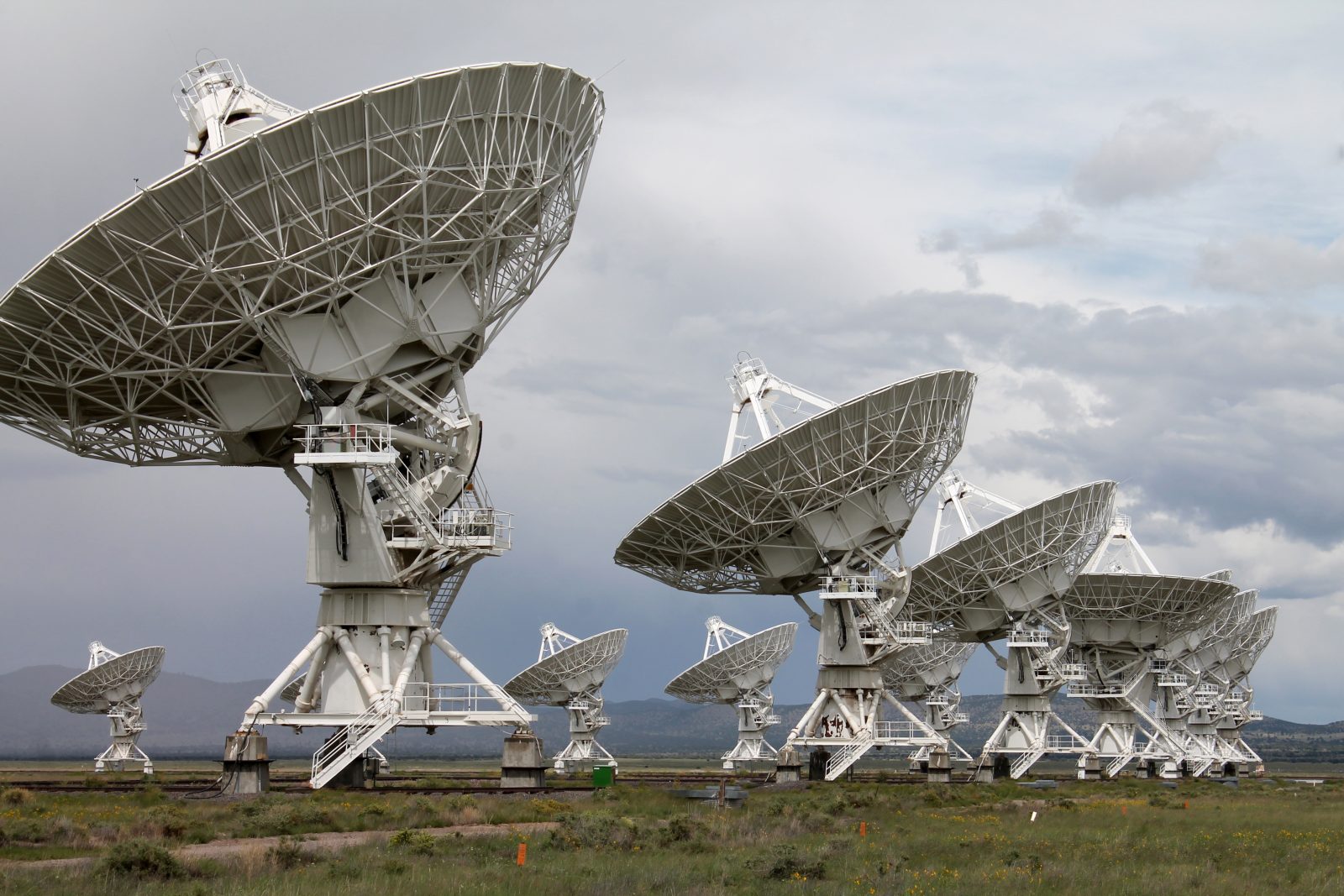


Bill Dembski Reflects on The Origins of a Classic

Carl Sagan’s Love/Hate Relationship with Intelligent Design
On today’s ID the Future, philosopher of science Paul Nelson explores an intriguing tension in the thinking of famous scientist and science popularizer Carl Sagan concerning his agnosticism shading into atheism on the one hand, and on the other hand his embrace of certain ideas consistent with the theory of intelligent design. As Nelson is quick to clarify, if Sagan had lived to see the rise of the contemporary intelligent design movement, he probably would have rejected it, particularly its theistic implications. And yet, Nelson says, Sagan’s thinking and arguments laid out in his Gifford lectures and in his science fiction novel Contact strongly support the idea that intelligent design can be detected. Nelson goes further, saying that if we take the methods Sagan laid out for detecting intelligently designed radio signals from extra-terrestrial intelligence, and apply them to patterns in nature that ID theorists have pointed to (such as DNA), it’s hard not to see his methodology triggering a design inference. Tune in to hear Nelson’s reflections on this important tension in Sagan’s thinking, and what, according to Nelson, prevented Sagan from fully resolving it.

William Dembski: Why Intelligent Design Matters
On this ID the Future intelligent design pioneer William Dembski unpacks one of his chapters in The Comprehensive Guide to Science and Faith: Exploring the Ultimate Questions about Life and the Cosmos, which Dembski co-edited with Joseph Holden and episode host Casey Luskin. The chapter, “Why Intelligent Design Matters,” focuses on ID’s cultural implications. Dembski notes that atheists use mindless evolution to provide a God-free explanation for life and the universe. Intelligent design checks that move, showing that blind material processes couldn’t have created many things in nature, much less the cosmos itself. Intelligent design is the better explanation. What about the idea that an alien created, say, the first life on Earth (intelligent design without the need for God)? Dembski says that idea–one that some atheists have suggested as a fallback explanation—is a poor explanatory substitute for an immaterial intelligent designer.

Michael Denton’s Epiphany about Nature’s Fitness for Life
On this episode of ID the Future, biochemist and author Michael Denton tells host Eric Anderson more about his new book The Miracle of the Cell, and about his epiphany when he recognized the many remarkable ways that nature’s chemistry is fine-tuned for life. The focus in this conversation is on carbon chemistry and its “goldilocks zone” ability to form stable bonds but let loose of them when needed. Whereas biologists once wondered about a vitalist “life force” in the cell, Denton sees intelligence and foresight in the very design of carbon, its unique properties, and its “coincidental” relation to water. According to Denton, all of this, taken together, constitutes “one of nature’s most remarkable examples of nature’s fitness for life on earth.” Carbon’s suite of life-friendly features, he says, is foundational to the cell’s peerless ability to build sophisticated biological forms–everything from the smallest bacterium to the tallest tree, and you and me.

James Tour and Stephen Meyer on the Origin of Life, Pt. 3

Information, Specified Complexity and the Explanatory Filter
On this episode of ID the Future, we hear the third and final portion of a talk given at the 2020 Dallas Science and Faith conference. Daniel Reeves, education outreach coordinator at Discovery Institute, rounds out his extended explanation of intelligent design theory. Far from being “Gee whiz that’s complicated; it must be designed!,” the theory relies on well-defined concepts such as specified complexity and an explanatory filter that allows one to distinguish designed events from either chance, necessity, or a combination of the two. The key in the molecular biological realm: detecting functional information.

Walter Bradley on the Newly Expanded Mystery of Life’s Origin
On this episode of ID the Future, Robert J. Marks interviews Walter Bradley, co-author of the seminal 1984 ID book The Mystery of Life’s Origin, now being released in a revised and expanded edition with updates from multiple contributors discussing the progress (or lack of it) in origins science in the 35 years since the book’s original publication. In this first of two podcasts, Bradley discusses the history of the attempts to explain life’s origin naturalistically, and how the three authors of the 1984 book came together to shake up the world of origin-of-life science.

Bijan Nemati on Finding Another Earth
On this episode of ID the Future, Bijan Nemati, formerly of CalTech’s Jet Propulsion Laboratory and now at the University of Alabama, Huntsville, tells what science is learning about how hard it is to find a planet like Earth. Anywhere. The more we learn about the conditions necessary for a planet to host life, the more we see we may need to search at least tens of thousands of Milky Way galaxies to expect to find another one — at least if it all depends on blind luck. This talk is part of bonus material included with the new, thought-provoking series Science Uprising.